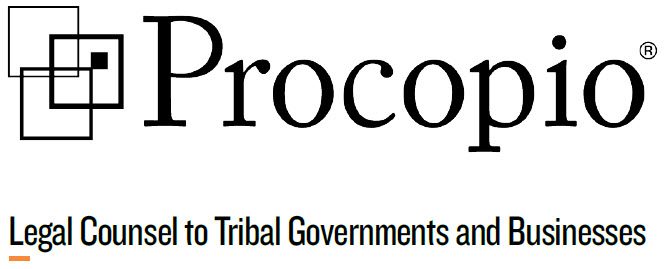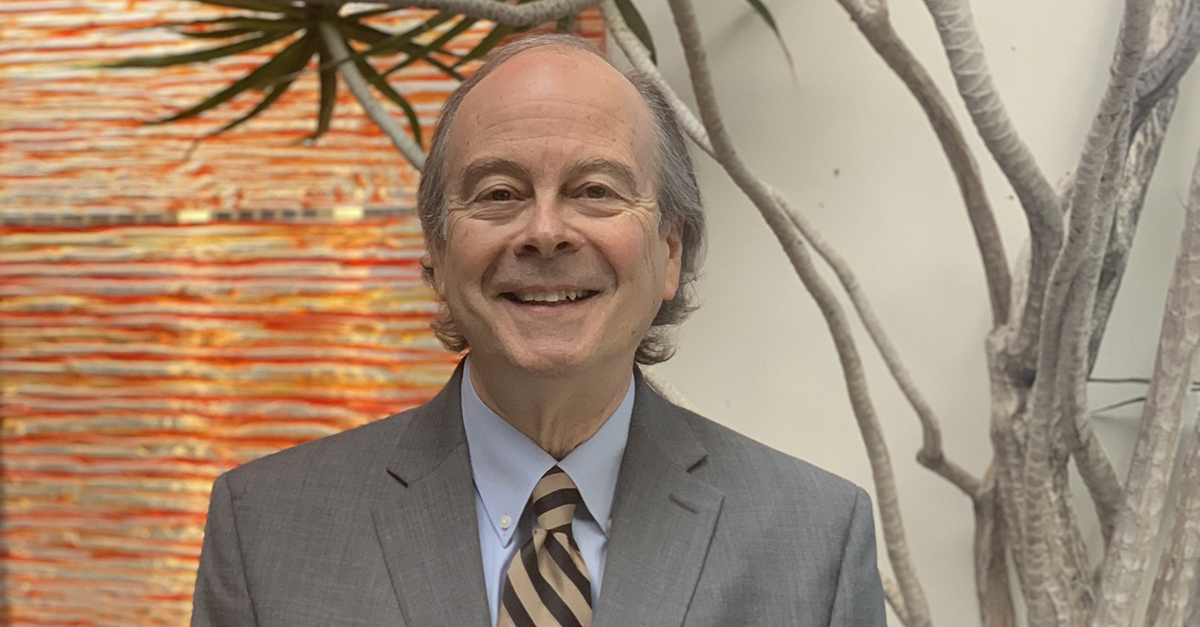 By: Karli Sultzbaugh | Associate | karli.sultzbaugh@procopio.com
By: Karli Sultzbaugh | Associate | karli.sultzbaugh@procopio.com
Theodore J. Griswold | Partner | ted.griswold@procopio.com
A partial panel of the Ninth Circuit recently ruled through a memorandum of decision in Agua Caliente Band of Cahuilla Indians v. Riverside County that the County can tax the possessory interest of non-tribal lessees on tribal trust land, upholding the June 2017 federal district court ruling. The Ninth Circuit panel reasoned that the federal district decision was consistent with a 1971 ruling on the same issue (Agua Caliente Band of Mission Indians v. County of Riverside, 442 F.2d 1184 (9th Cir. 1971)). However, the past 47 years have added much greater complexity to the matter with multiple decisions regarding a possessory interest tax. On March 6, 2019, the full Ninth Circuit declined to rehear the case in front of the entire panel.
The main question in the recent case was whether the Court was obligated to use the balancing test developed in White Mountain Apache v. Bracker, 448 U.S. 136 (1980), and if so, had that test changed the Court’s interpretation of the tax. The short answer, according to the Court, is no. This decision was designated unpublishable and thus cannot be used as precedent, but it can still be used as persuasive authority in courts in the Ninth Circuit.
Agua Caliente argued that the County’s possessory interest tax (PIT) on non-Indian lessees of tribal trust lands prevented the Tribe from being able to collect on its own PIT, losing out on potential revenue of over $20 million per year. The Tribe also argued that the PIT violated federal law that precludes state taxation of tribal lands taken into trust (see 25 U.S.C. §465). The County argued that its tax was valid because the funds collected from the PIT are used to provide services that could reach the leased lands such as water, law enforcement, etc. However, the district court had noted that the County does not keep track of the amount or use of the funds that come from these lessees which could show that the services were actually provided to the lessees. Rather, the funds go directly into the general fund which is distributed across the county, not specifically to services on the leased lands. Furthermore, the district court and the Ninth Circuit both ignored the fact that Agua Caliente has Memoranda of Understanding (MOU) with local governments to provide such services on the checkerboard reservation lands, which already include payments to the governments for these services.
In regards to § 465, which is part of the Indian Reorganization Act of 1934 (IRA), the Ninth Circuit strangely decided that this section does not apply to Agua Caliente because its reservation was created in 1876, long before the IRA. This is an incorrect way to apply the IRA, as it would exclude many trust lands (i.e. reservations) that were created prior to 1934. Reservation land, no matter when it was taken into trust by the federal government, is not subject to state taxation relating to the property itself.[1] Thus, the IRA is not intended to rid reservations of the taxation exemption since they cannot be said to have been taken into trust “pursuant to” the IRA, but rather the IRA intends to extend this protection to lands taken into trust in the future that may or may not be considered “reservation” land. Furthermore, regulations adopted by the BIA clearly state that the leasehold or possessory interest of leases approved by the BIA are not subject to state or local fees or taxation (25 C.F.R. § 162.017). The Court also claims that even if § 465 applied, the PIT is valid because it is a tax on the “full cash value” of the lease rather than on the property itself. However, this position conflicts with an Eleventh Circuit case which analyzed a similar tax in Florida on the Seminole reservation (Seminole Tribe of Florida v. Stranburg, 799 F.3d 1324 (11th Cir. 2015)). The Eleventh Circuit found § 465 expressly precludes taxes on interests associated with land ownership, including leasehold interests.
Furthermore, the Ninth Circuit entertained no Bracker balancing analysis whatsoever. It simply declared the Court was bound by the 1971 ruling and did not find that rulings to be inconsistent with Bracker. However, Bracker, a U.S. Supreme Court case, is binding precedent here, necessitating an analysis of balancing the federal, state, and tribal interests at play in accordance with the test. The Ninth Circuit concurring opinion briefly discussed the test but still discounted the tribe’s interest in levying a tax and the federal exclusive interest in regulating leases of Tribal lands. In the Seminole case, the Eleventh Circuit came to the opposite conclusion with similar facts. It focused on the federal government’s very strong interest in regulating the leasing of Tribal lands. The federal government has exclusive control over such leases, but the Ninth Circuit did not consider this interest. Furthermore, the Eleventh Circuit ruled that a state’s interest in raising revenue is not meaningful unless it has a direct connection to the taxed activity. Riverside County is unable to connect the use of these taxes to actual activity of the non-Indian tribal lessees; rather the PIT benefits county residents in general.
This case may affect tribes located in the Ninth Circuit states (Alaska, Arizona, California, Hawaii, Idaho, Montana, Nevada, Oregon, Washington) who lease tribal land to non-Indian businesses or individuals. Double taxation is unattractive to lessees and developers, so tribes that charge their own PIT (or wish to start) may risk losing business and revenue if the local government decides to charge a PIT as well. Tribes should stay alert as to whether the Tribal party appeals this matter to the Supreme Court, and if such review is granted.
Another Ninth Circuit recent decision, Confederated Chehalis Reservation v. Thurston County Board of Equalization, analyzed the BIA regulations and described them as clarifying and confirming existing law under § 465. The Court found that the state of Washington could not tax permanent improvements on tribal trust lands. This analysis seems to be in conflict with the Agua Caliente case analyzing the same statute.
Karli Sultzbaugh is an Associate with Procopio’s Native American Law practice group and a member of the Pechanga Band of Luiseño Mission Indians. She is a graduate of the University of California, Los Angeles School of Law. Connect with Karli at karli.sultzbaugh@procopio.com and 619.906.5665.
Ted Griswold is head of Procopio’s Native American Law practice group and is the primary editor for the Blogging Circle. Connect with Ted at ted.griswold@procopio.com and 619.515.3277.
[1] See, e.g., Mescalero Apache Tribe v. Jones, 411 U.S. 145, 148 (1973): “[I]n the special area of state taxation, absent cession of jurisdiction or other federal statutes permitting it, there has been no satisfactory authority for taxing Indian reservation lands or Indian income from activities carried on within the boundaries of the reservation, and McClanahan … lays to rest any doubt in this respect by holding that such taxation is not permissible absent congressional consent;” see also, “State laws generally are not applicable to tribal Indians on an Indian reservation except where Congress has expressly provided that State laws shall apply. It follows that Indians and Indian property on an Indian reservation are not subject to State taxation except by virtue of express authority conferred upon the State by act of Congress.” U.S. DEPT. OF THE INTERIOR, FEDERAL INDIAN LAW 845 (1958).






 By: Mindy Morton | Partner |
By: Mindy Morton | Partner | 


 By: Karli Joseph | Associate |
By: Karli Joseph | Associate | 

 By: Theodore J. Griswold | Partner |
By: Theodore J. Griswold | Partner |  Ted Griswold is head of Procopio’s
Ted Griswold is head of Procopio’s  By:
By: 


 Racheal M. White Hawk
Racheal M. White Hawk 